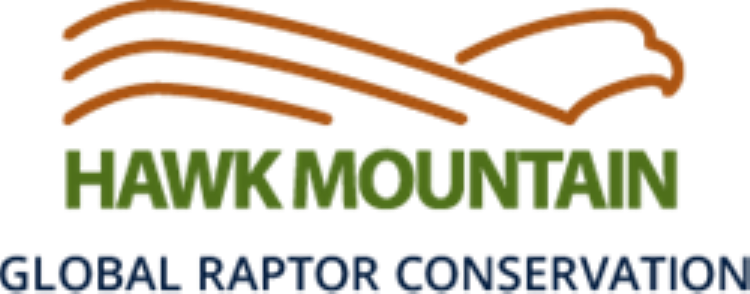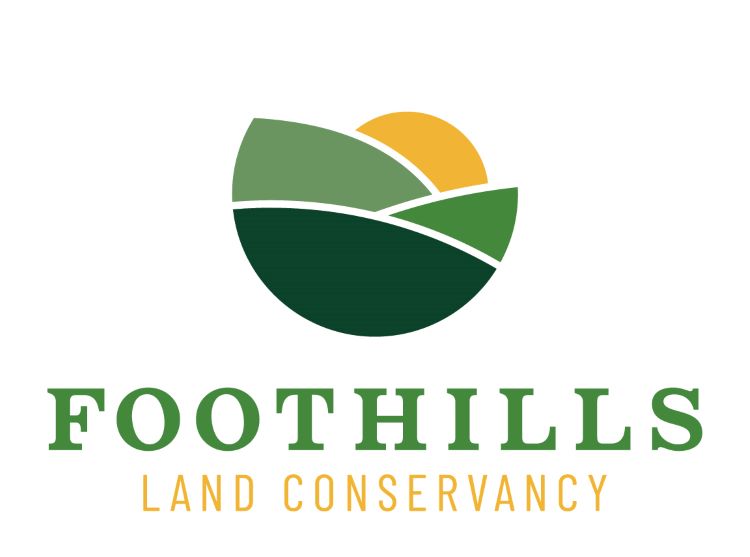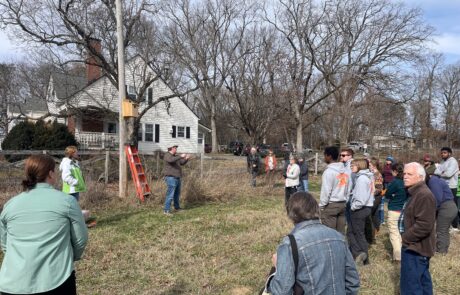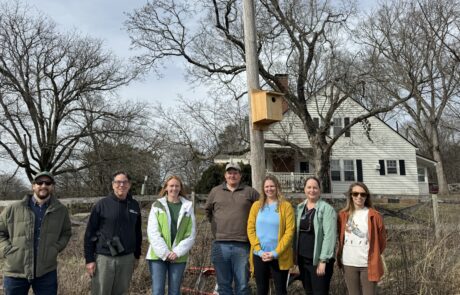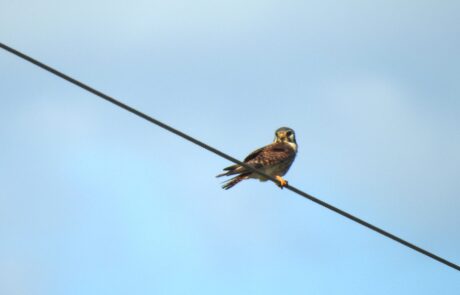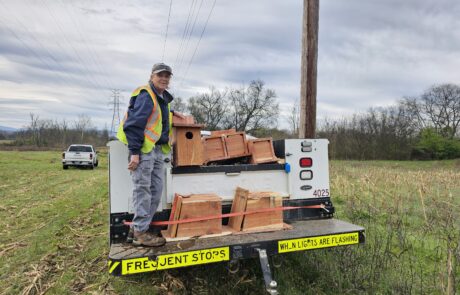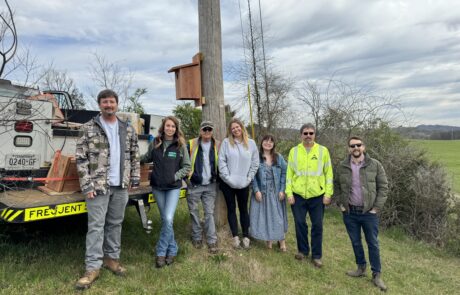Farmland Raptor Project
*Page Under Construction*
Raptors are important indicators of ecosystem health and benefit farmers and landowners by helping control insect, snake, and rodent populations. Raptors, grassland species in particular, are showing significant declines across their range due to habitat loss, increased development, changes in farming practices, and increased use of pesticides causing the reduction in prey species. Some of these raptors include the American kestrel, barn owl, and northern harrier, among others. With most of the land in the Southeast under private ownership, landowners are vital partners for the conservation of raptors and their habitats. Property owners can support raptor conservation by enhancing their lands to provide critical nesting opportunities and foraging habitats. The Farmland Raptor Project aims to engage private landowners, bridging the gap between conservation efforts and private landowners to create a collaborative approach for grassland raptor conservation in the Southeast.
This project is in its early stages, and we are currently targeting landowners in specific counties in East Tennessee and Northeastern Alabama, with plans to expand in the coming years. If you have farmland and would like to learn more about participating, please reach out to us for more information or complete this form. If you would be interested in volunteering to assist with nestbox construction, nestbox monitoring, contribute materials, or other volunteer opportunities, please contact katheryn@mtmenvironmentalllc.com
Target Species
Other Raptors of the Region
- American Goshawk
- Bald Eagle
- Broad-winged Hawk
- Cooper’s Hawk
- Golden Eagle
- Merlin
- Osprey
- Peregrine Falcon
- Red-shouldered Hawk
- Red-tailed Hawk
- Sharp-shinned Hawk
- Black Vulture
- Turkey Vulture
- Barred Owl
- Eastern Screech Owl
- Great Horned Owl
- Northern Saw-whet Owl
How You Can Help
- Stop using rodenticides
- Report raptor sightings to help us better understand the distribution
- Help improve or enhance habitat to encourage nesting:
- Leave snags (dead trees with existing cavities)
- Delay field mowing/haying activities during breeding season (March-July)
- Plant native grasses/pollinator fields to increase insect populations (food) during breeding season
- Reduce use of pesticides/use safer alternatives
- Build and erect a nest box for barn owls or kestrels.
- If you are interested in our Adopt-A-Box program, please click here.
- Adopt-A-Box here!
- Maintain an area as untouched grasslands to provide nesting sites for short-eared owls and northern harriers
- Participate in voluntary programs that assist landowners conserve vital habitat:
- Farm Wildlife Habitat Program (FWHP) – TWRA
- USDA –NRCS Programs:
- Conservation Enhancement Program (CREP) – NRCS
- Regional Conservation Partnership Program (RCPP) ~ RCPP Native Grasslands Advantage (TN/KY only)
- Encourage other landowners to join us in the project
If you would be interested in volunteering to assist with nestbox construction, nestbox monitoring, contribute materials, social media content, or other volunteer opportunities related to this project, please contact katheryn@mtmenvironmentalllc.com
Raptor Resources
Coming Soon!


